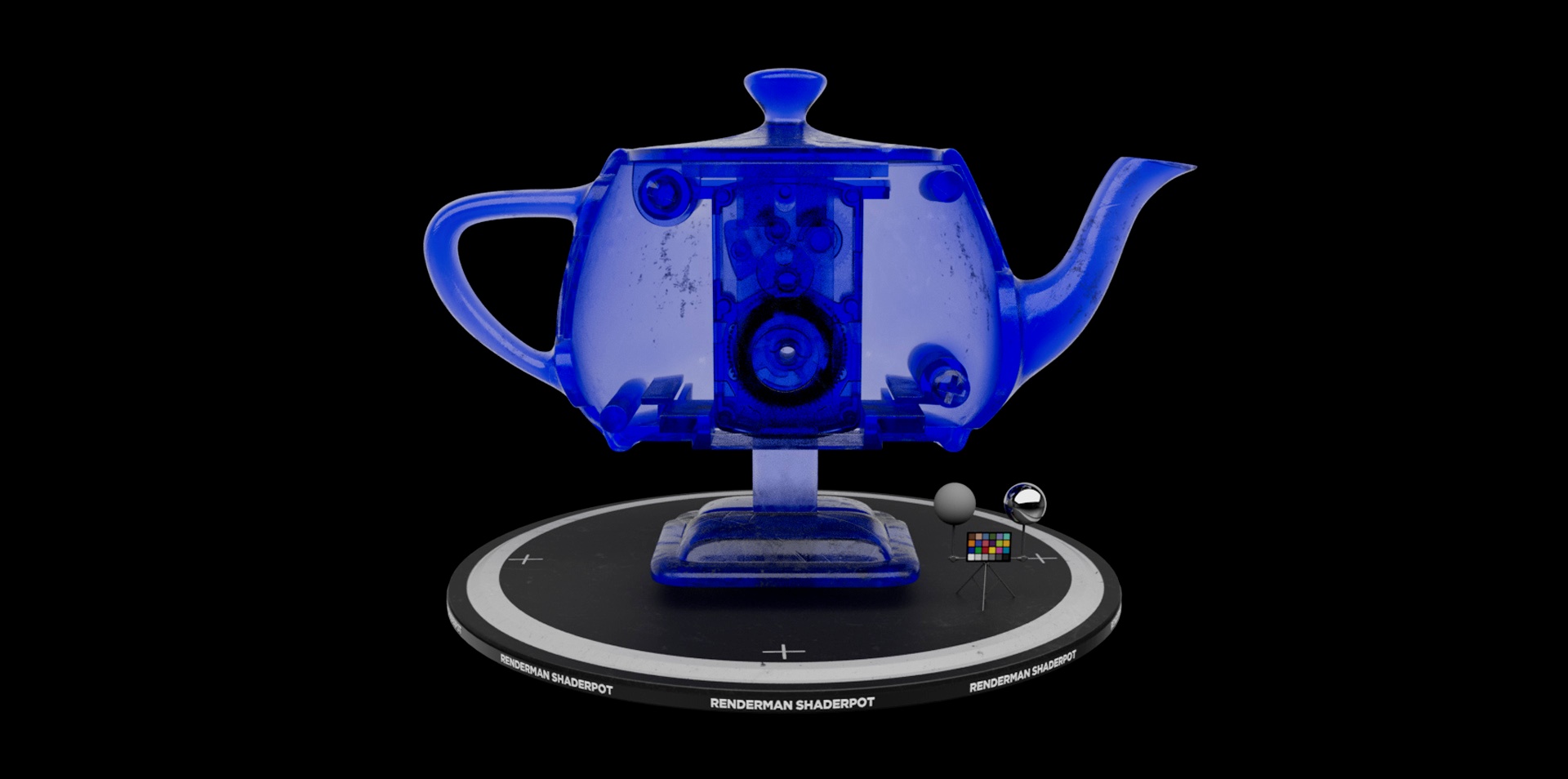This material is used to render transparent surfaces like glass, acrylics, and gemstones.
They can be colorless or colored, as well as having the correctly colored shadow and level of absorption/fogginess.
...
Anisotropy Parameters
Anisotropy
This control determine determines the direction light travels, more forwards (positive) or more backwards backward (negative) toward the light source when it travels through the object.
...
You can rotate the specified direction around the normal a full 360 degrees.
Dispersion Parameters
Mode
Switch between using the spread, which is a multiplier of the IOR, and the Abbe value to specify the strength of the dispersion effect
Spread
Defines how far the dispersion effects spread the refracted rays by acting as a multiplier on the IOR value. A value of 0 turns off the dispersion.
Saturation
Controls the saturation of the dispersion
Interior Parameters
These parameters control the bulk of a dielectric material. When you think of what makes a glass object look like it does...the color and clarity, it's the absorption.
...
This defines the scattering direction of the light, it can be forward (positive) or backwards backward (negative) scattering. A value of 0 is isotropic, in all directions.
Shadow Parameters
...

